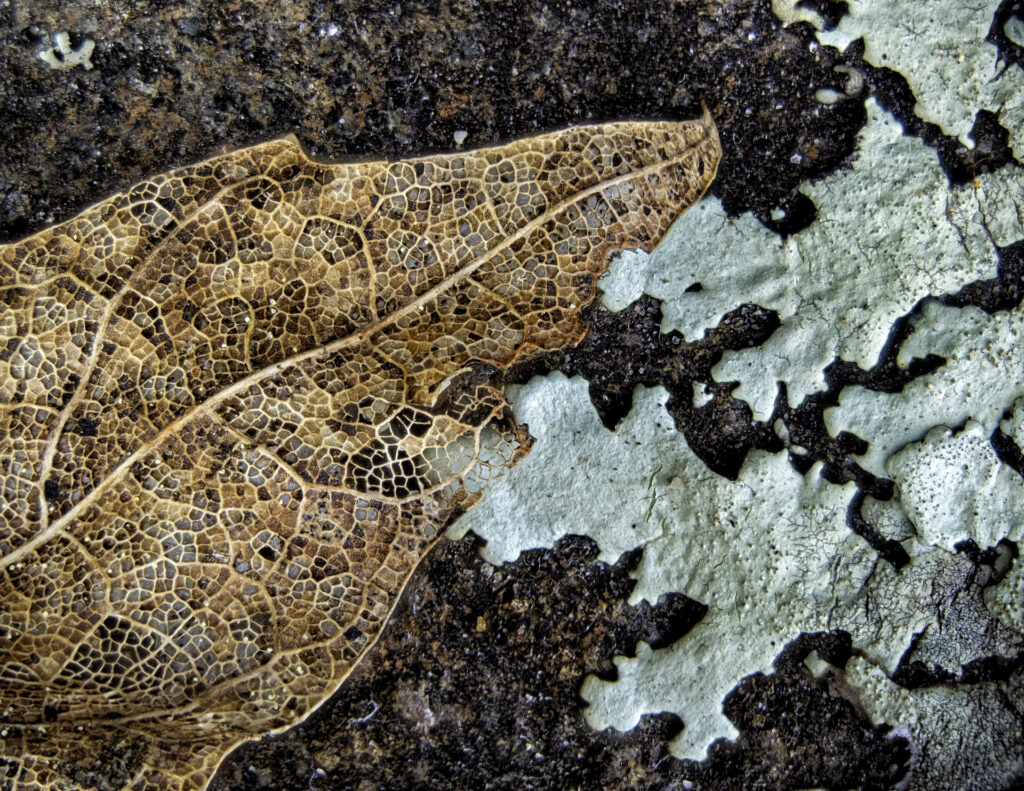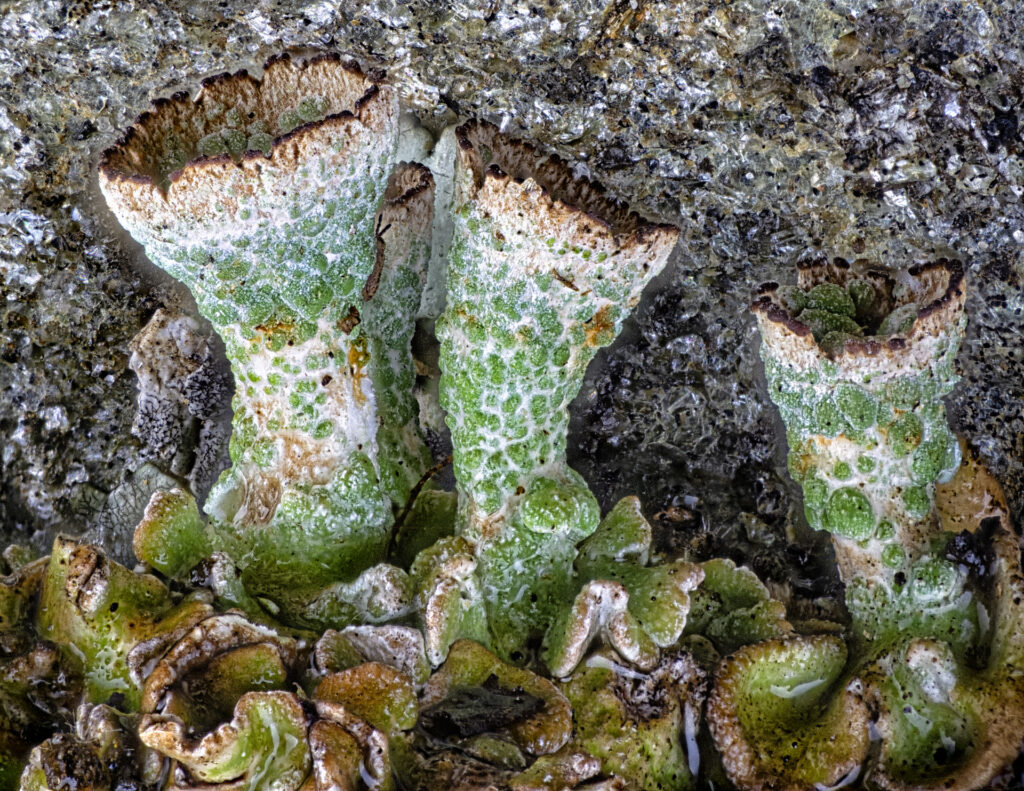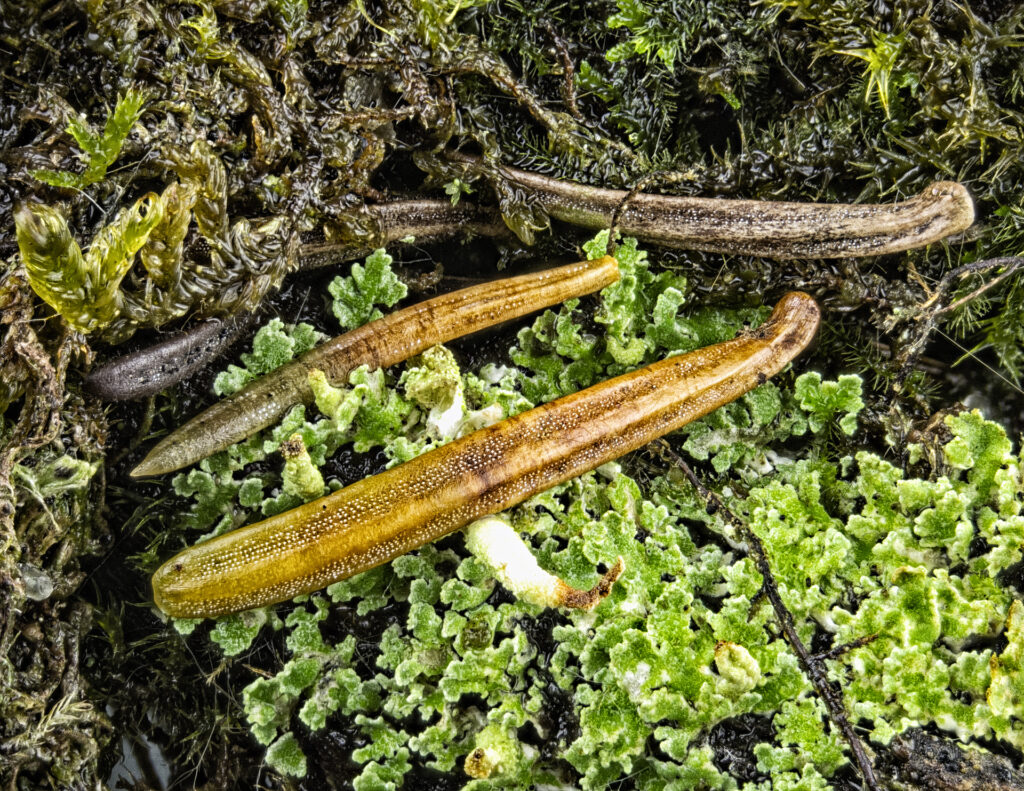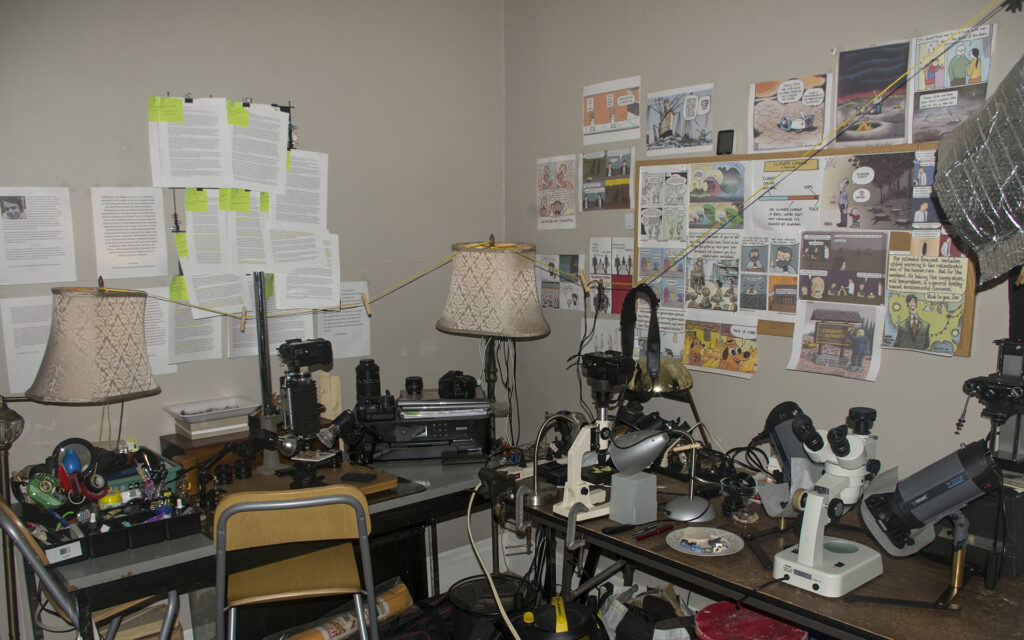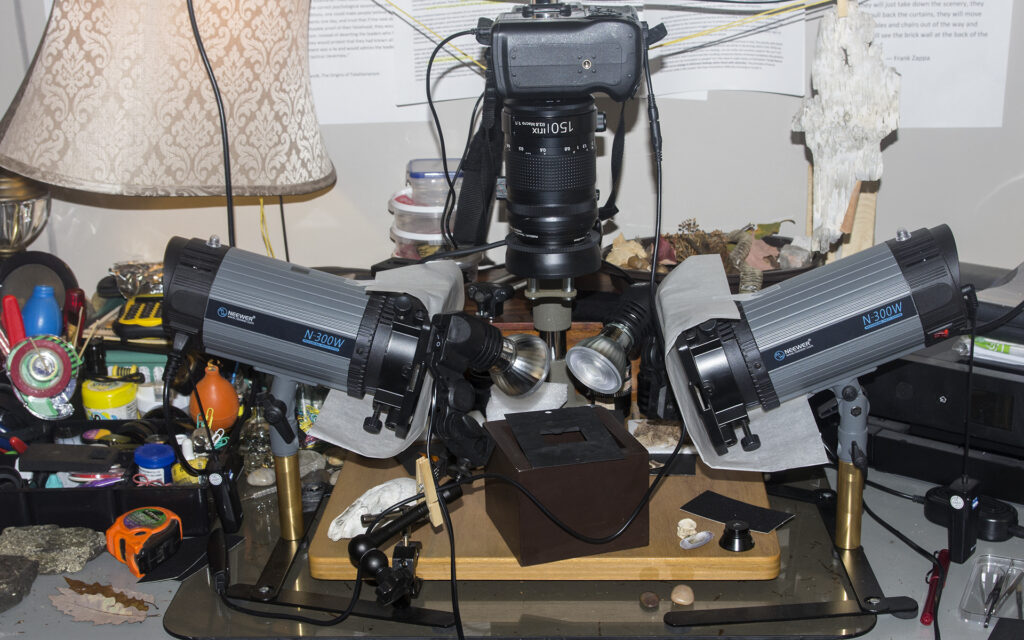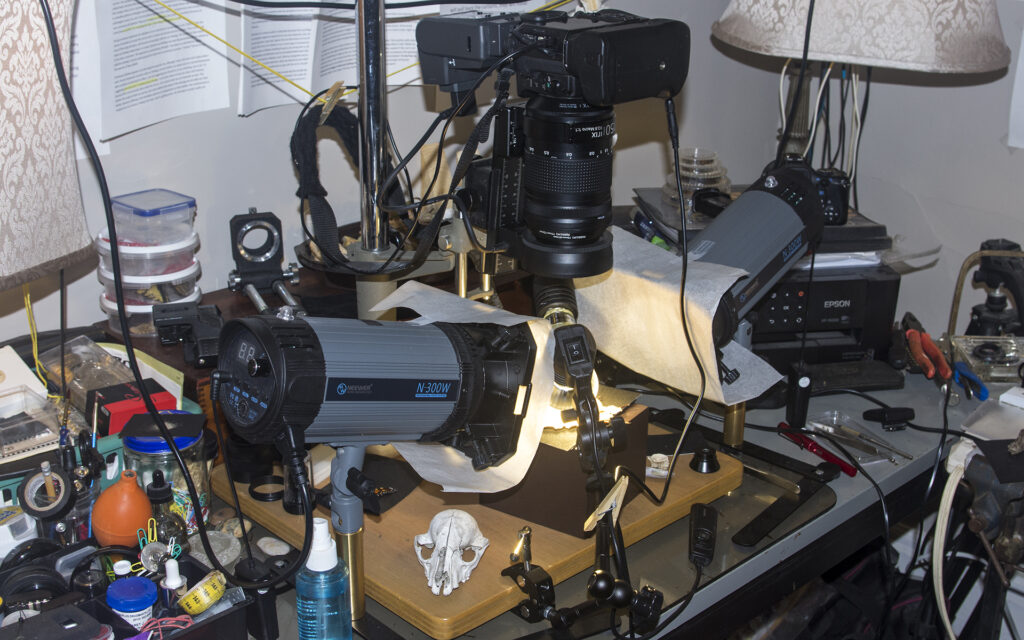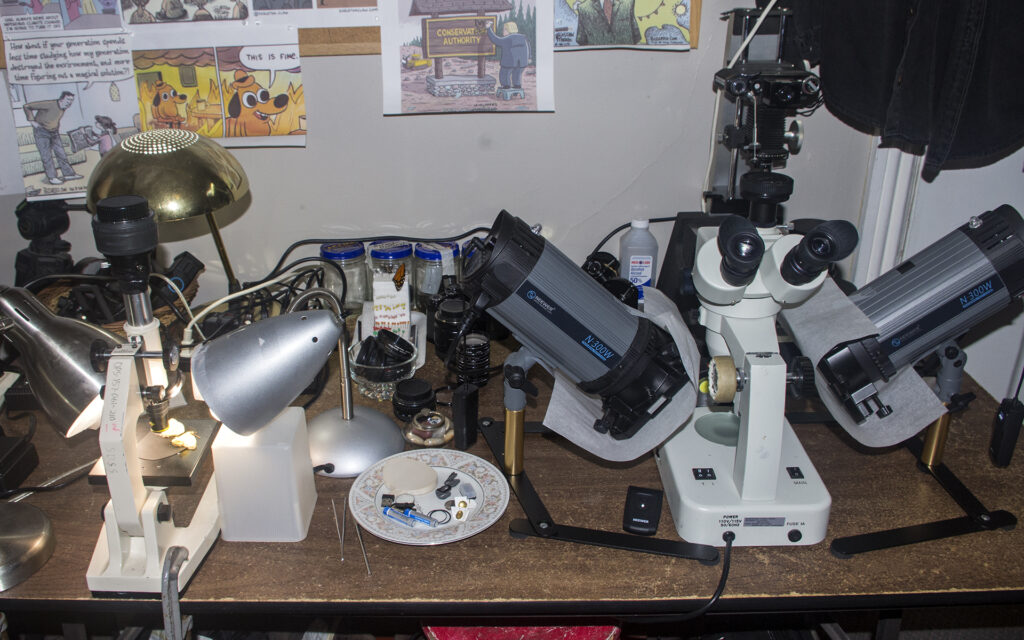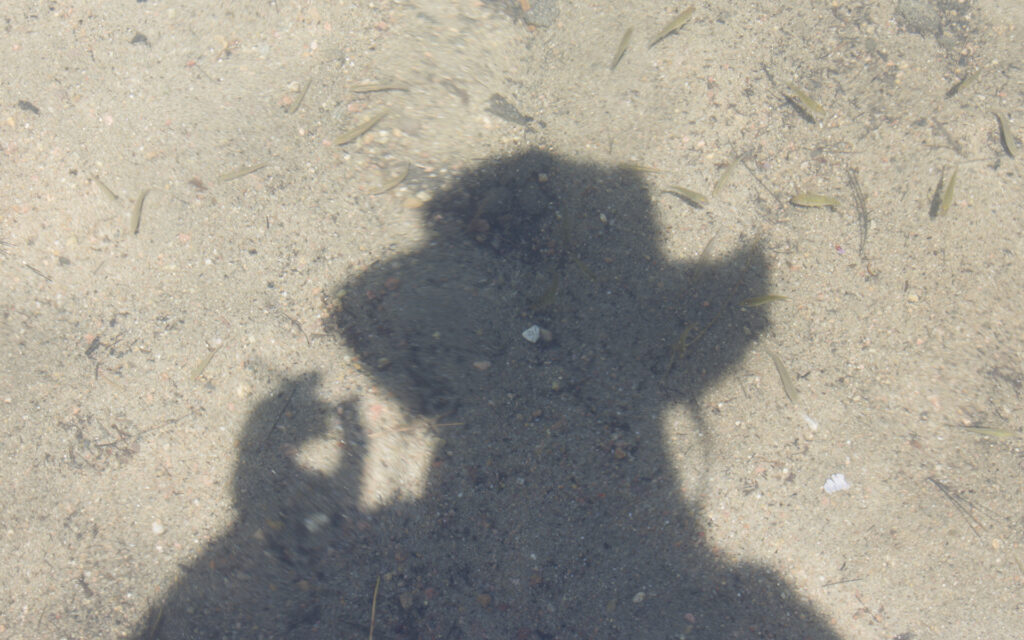In recent years my photography has become very special to me. I started taking pictures in 2011 out of desperation for something enjoyable in my life, to cope with depression. Photography has always been of interest to me; it’s something I’ve always wanted to pursue, so I finally did. During those years it didn’t really help with my depression, not by itself, but I eventually figured out why.
In the last few years my camera has been instrumental in assisting me with resolving my condition, I think permanently. I ended up using the honest enjoyment I get from pursuing photography, from the process of it, to offset the discomfort of the self-analysis and reflection I needed to accept myself and my circumstances more honestly, eventually and incrementally alleviating my depression, anxiety, social anxiety, and more. There’s no way to get around doing the work and that is why my photography failed to cure me, by itself. What it did was make doing the work tolerable.
I became depressed when I was 11 years old and it dominated my life for thirty years. There were many sources of depression for me at that age and it was the totality of it that broke me. There were many things I couldn’t or wouldn’t accept, and given my age, upbringing, and circumstances I don’t think it could have been any other way. The addiction of my depression strengthened over the years, and with it, its intensity. I had to hit rock bottom to see it, and to see that it was entirely self induced. I then had to work through the emotional spirals of guilt, shame, and self loathing that come from realizing I wasted a great portion of my life tormenting myself with emotions that I could have chosen differently had I only known how.
I permitted my enjoyment of photography to become a more compelling addiction than my old, depressive routines. At times I compelled myself when I didn’t “feel like it” until I re-established momentum. And additionally, I found that while I’m engaged in the process, particularly while focus stacking with my microscope, I think differently. It’s a subtly altered conscious state where my hands and part of my mind are engaged in a complex yet repetitive task, and this frees something up elsewhere in my mind, some quiet capacity that is easily drowned out by the normal chatter of my thoughts.
This is the main reason I don’t use automated rails for my focus stacking. The tactile experience of it has value of its own.
Focus stacking reduces my inhibitions about thinking critically, and also my inhibitions about thinking abstractly. This shouldn’t have felt surprising considering these inhibitions are invariably dishonest, but I hadn’t quite accepted that in the beginning. Sometimes I ponder my subjects former lives, or aspects of their bodies, but sometimes I just engage in the creative process while thinking about the larger scale issues, the grand scale issues, or old memories that still upset me. I take notes when I take breaks, and it works very well for me.
These activities are one of the few things that give me honest enjoyment in life. There’s a different quality to it than other kinds of enjoyment. There’s an aspect of being true to myself that adds value. I accept that I’m defining as I go the expectations and values that permit me to induce such strong enjoyment in myself, yet it doesn’t feel excessive when I do it, and it is ultimately self limiting due to the amount of focus and thought employed. Rather, it feels therapeutic and it makes the process of continuing the work of better understanding myself much more tolerable.
I now approach life from the perspective that science, art and philosophy are three distinct ways in which we attempt to accept what is real.
I believe they are best practiced in concert, as seamlessly as possible. I see the rivalry and disdain each academic group has for another as holding us back, telling of our as yet unresolved issues with our self honesty. These fields directly address this issue when we practice them together.
There is no correlation between a person’s intelligence or education and the way in which they prioritize the value of self honesty. Changing how we prioritize this value is a choice we can freely pursue at any time, for better or worse. Self edification on this scale begins with accepting enough of our reality and existence to feel somewhat secure in ourselves. The patience I required of myself to pursue my photography for thousands of hours over the last few years helped me to accept a great many other things, including this.
My photographic setup is pretty rudimentary. I shoot Pentax, and my DSLRs are about 10 years old. The below photos are out of date but my setup hasn’t changed that much in the time since. Focus stacking takes a great number of exposures and last year I used a little more than one whole camera body’s life on it. Using older models helps to keep the cost manageable. I have two microscopes now, one is a continuous zoom with a camera port, and the other is a very standard high school level compound microscope from 1982 (A Swift 960). I emphasize the low cost, the low barrier for entry because I frequently meet people who think they can’t do stuff like this because it requires very expensive hardware. It’s not true. It takes a great deal of time and practice, but it’s not outrageously expensive and it’s very enjoyable. I may add a tutorial page to the site about stacking techniques. I’ve added one about its less tangible aspects.
The purpose of this website is just to afford myself a personal space in which I can share some of my enjoyment of all of this stuff and some ideas I think may help. The photos themselves are a residue of enjoyment I converted into healing, which is clearly ineffable and non-transferable, but there is also enjoyment to be had in simple observation. I hope you enjoy them.
